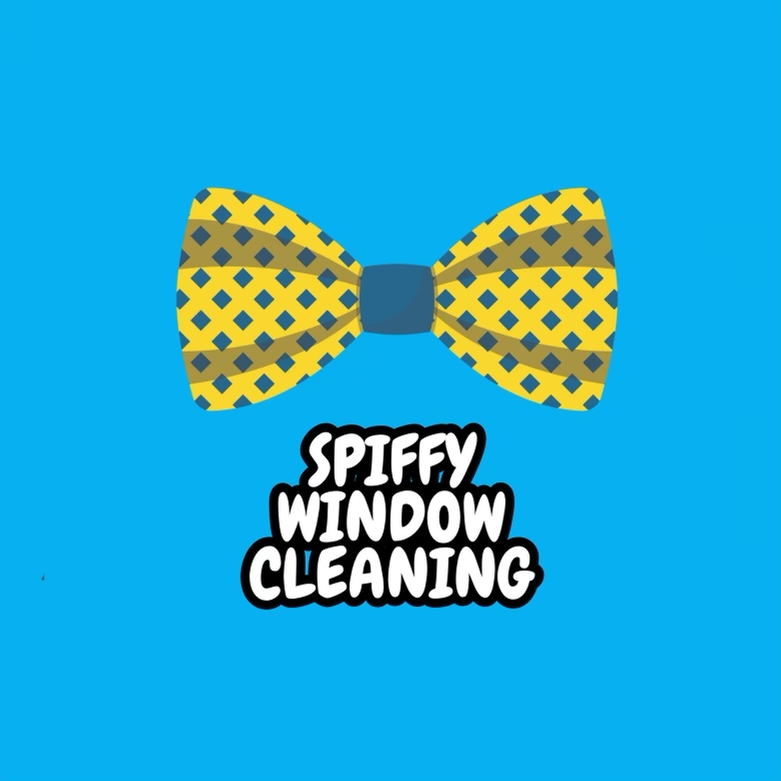Most businesses underestimate how much their environment impacts health. An office that looks tidy on the surface may actually be a breeding ground for bacteria, allergens, and even mold. According to studies, the average office desk harbors 400 times more germs than a toilet seat, yet employees touch their keyboards, phones, and door handles hundreds of times per day. For companies worldwide—and especially in cities like Vancouver with its damp climate—overlooking cleaning is not just a hygiene issue, it’s a direct threat to productivity, employee wellness, and customer trust.
Common Workplace Germ Hotspots
Every workplace has “hidden” problem areas where germs thrive unnoticed. Even businesses that clean regularly often miss these spots:
- Door handles and elevator buttons – touched by dozens or hundreds of people daily.
- Shared office equipment – keyboards, mice, and printers can transfer bacteria within seconds.
- Breakrooms and kitchens – sponges, microwaves, and coffee machines carry some of the highest microbial loads.
- Washrooms – while often cleaned more regularly, faucet handles and dispensers are still hotspots.
These areas don’t just look harmless; they silently spread illnesses across your team.
Health Risks of Poor Cleaning Practices
When cleaning is neglected, the consequences go far beyond a dusty desk.
- Increased respiratory issues – Dust, mold spores, and poor air circulation can trigger asthma and allergies.
- Spread of viruses and bacteria – Cold, flu, norovirus, and even COVID-19 spread rapidly through shared work surfaces.
- Higher absenteeism rates – Sick days cost businesses billions annually. One study found poor office hygiene could reduce productivity by as much as 12%.
Why Businesses Overlook These Risks
Surprisingly, many organizations only clean for appearance, not health. Common oversights include:
- Relying on surface-level cleaning – Dusting and vacuuming give the impression of cleanliness without addressing germs.
- Budget cuts on janitorial services – Cleaning is often the first expense reduced during cost-saving measures.
- Misconception of low risk – Because germs are invisible, business leaders underestimate their impact.
This short-term approach often ends up costing far more in healthcare, sick leave, and lost customer trust.
The Financial & Operational Cost of Neglect
Consider the hidden costs:
- Lost productivity – One sick employee can infect multiple colleagues, creating a chain reaction of absences.
- Reputation damage – Clients notice unclean lobbies, restrooms, and meeting rooms. Poor impressions reduce trust.
- Compliance issues – Industries like healthcare, hospitality, and food service face strict cleanliness standards, with fines for violations.
Globally, businesses lose an estimated $225 billion annually due to absenteeism tied to preventable illnesses.
The Vancouver Perspective
For businesses in Vancouver, cleaning isn’t just routine—it’s essential for health and safety. The city’s damp coastal climate creates unique challenges:
- Mold growth – Persistent rain and humidity can encourage mold in office carpets, walls, and ventilation systems.
- Allergens – Pollen and dampness trigger seasonal allergies, reducing employee comfort and focus.
- High-density workspaces – Vancouver’s growing downtown core means office towers pack thousands of employees into shared spaces, where germs spread quickly.
By investing in proactive cleaning strategies, Vancouver businesses not only safeguard employees but also gain a competitive edge in industries like real estate, hospitality, and healthcare where cleanliness directly influences trust.
Best Practices for a Healthier Workplace
To combat hidden hazards, businesses should go beyond basic tidying. Consider these practices:
- Adopt a high-touch cleaning schedule – Prioritize frequent disinfection of shared surfaces.
- Invest in better air quality – Use HEPA filters and maintain HVAC systems to reduce allergens and airborne bacteria.
- Use eco-friendly cleaning products – Protect staff from harsh chemicals while reducing environmental impact.
- Educate employees – Encourage hand hygiene, personal desk cleaning, and proper disposal of food waste.
- Partner with professionals – A reliable cleaning service understands where hidden germs thrive and how to eliminate them.
Employee Wellness & Customer Trust Go Hand-in-Hand
A healthier workplace doesn’t just reduce sick days—it also boosts morale and creates a positive impression for visitors. Employees who feel safe in their environment are more engaged, while customers equate cleanliness with professionalism and reliability.
Imagine walking into two office lobbies: one smells fresh, the floors gleam, and everything looks spotless; the other has dust on furniture and fingerprints on glass doors. Which business feels more trustworthy?
Conclusion
The truth is, many of the biggest health hazards in your workplace are invisible. Ignoring office cleaning is not just about saving on janitorial costs—it’s about risking productivity, damaging brand reputation, and putting employee wellness on the line. For businesses globally, and particularly in Vancouver’s climate, prioritizing cleanliness is no longer optional.
